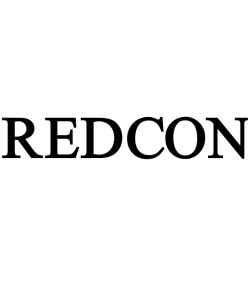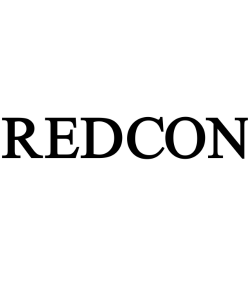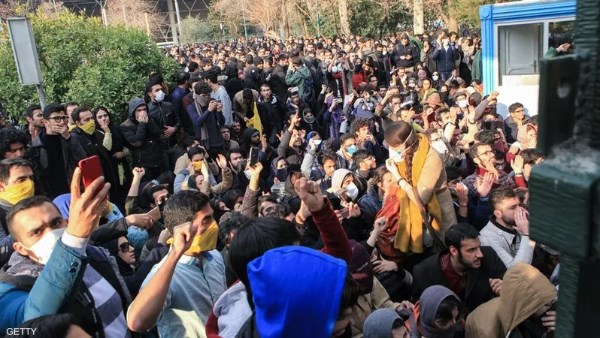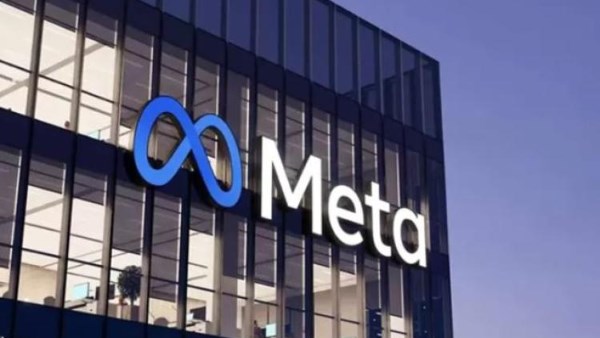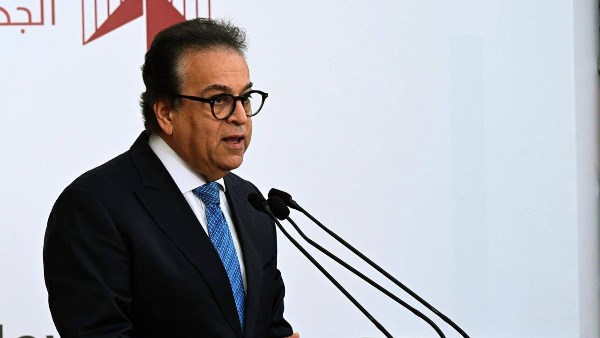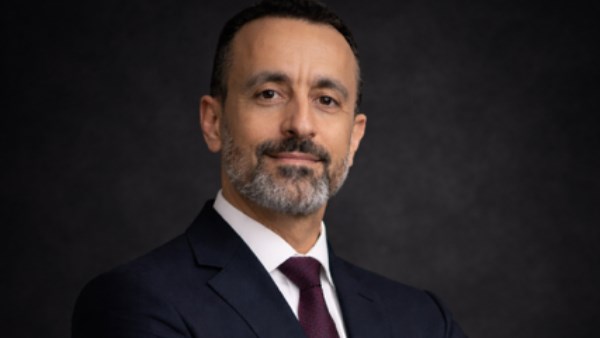
Over the last few months, inflation has come down faster than economists on Wall Street and at the Fed had anticipated
US Inflation Is Set to Fade in 2024 as Goods Prices Keep Falling

US inflation is set to further recede in 2024، ending the year near the Federal Reserve’s 2% target as economic disruptions from the pandemic fade further and prices of some goods even decline.
The downdraft should keep the US central bank firmly on course for lower interest rates، with cuts expected to come as soon as March. President Joe Biden، for his part، may have a harder time capitalizing politically on the campaign trail، especially if lower inflation comes alongside a broader slowdown in the economy.
Goods prices
The December report on consumer prices، released by the US Bureau of Labor Statistics Thursday، will probably give a taste of the disinflation to come in the months ahead. Goods prices overall have stopped rising and some، like those for cars، are falling.
“This year is likely to be very soft. You’re still likely to see things held down by improving supply conditions،” said Alan Detmeister، an economist at UBS Investment Bank. “We expect to see a lot of slowing in the near term and a more gradual slowing further out.”
Thursday’s report will probably show core inflation excluding food and energy moderated to 3.8% in the 12 months through December، according to a Bloomberg survey. That would mark the slowest pace of increase since May 2021.
Over the last few months، inflation has come down faster than economists on Wall Street and at the Fed had anticipated، building expectations for substantial reductions in the central bank’s benchmark interest rate this year.
The surprise development was in no small part thanks to a turn lower in core goods prices، which dropped for six straight months through November. That followed a jump of about 16% from February 2020 to May 2023، when a surge in consumer demand and supply-chain disruptions sent prices of items like cars and clothes soaring.
Fed officials at their policy meeting last month debated whether supply-chain improvements could continue to provide relief on prices، according to minutes of the gathering published on Jan. 3. Economists also question whether there’s still more room to improve on the supply side.
“That’s a huge source of uncertainty،” said Sarah House، a senior economist at Wells Fargo & Co. Inflation initially went up faster than models and past experience would’ve predicted، and now it may also go down faster، House said.
Other components of price index
But other components of the consumer price index، notably in services، are still rising. Analysts will be watching what happens with shelter inflation، the largest component of the index، accounting for almost a third of the total. The rate for shelter peaked at 8.2% in the 12 months through March 2023، well above the typical 3% to 3.5% range in the years prior to the pandemic.
It’s since come down، to about 6.5% as of November — and is widely expected to continue decelerating. But progress has been relatively slow، because the shelter component is a lagging indicator that has yet to fully incorporate the slowdown in rent growth during 2023. That’s in part because people see a change in their rents only when their lease is renewed or when they move to a new place.
“By the second half of the year we should be seeing monthly run rates on rents that are running very، very close to their pre-pandemic pace،” UBS’s Detmeister said.
Economists expect the Fed’s preferred inflation gauge to fall to 2.2% by the end of the year، according to a Bloomberg survey conducted in mid-December. That’s getting close to pre-pandemic norms.
Surveys of consumers have shown improvements in sentiment about the outlook for inflation — although part of it might have to do with declines in gas prices in the last quarter of the year. Grocery prices are still up from a year ago — but they’re not rising as fast as they were.
Campaign for another term
On its own، lower inflation ought to help President Biden as he campaigns for another term ahead of November’s elections، with voters consistently citing prices and the economy in opinion polls as major considerations.
But a weaker job market، something many forecasters including those at UBS and Wells Fargo anticipate this year as elevated interest rates take their toll on growth and hiring، could undercut the political benefits to the incumbent of slower inflation.
“If some of that deceleration is coming at the expense of weakening demand — and that being tied to the job market — that could be an offsetting factor،” House said. “It’s going to be a mix of both inflation، but also how well growth in the job market is hanging in there، in terms of where consumer confidence goes from here.”





-1120252475029447.jpg)
-920252122624392.jpg)


